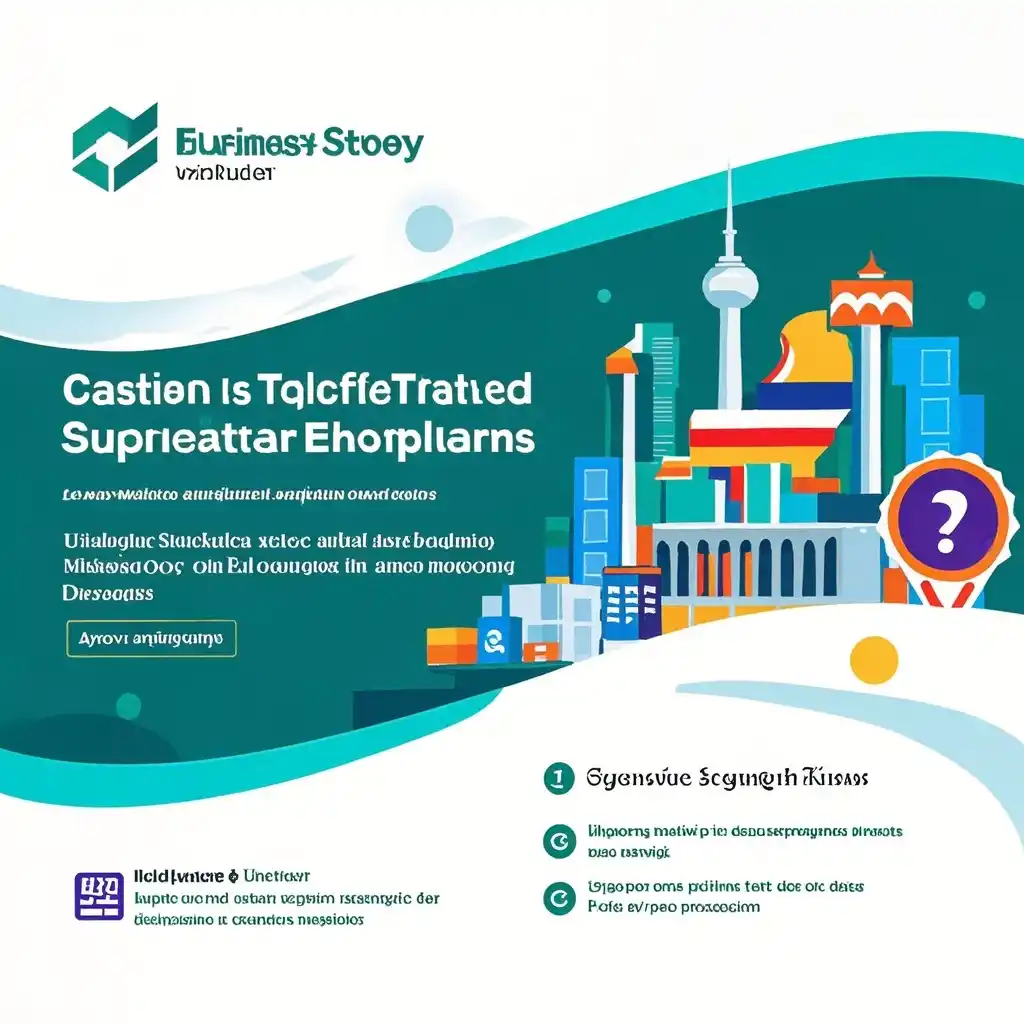

Cross - border E - commerce Success in Southeast Asia: Tariff Evasion Insights
1. Background
Southeast Asia has witnessed a remarkable boom in the e - commerce market in recent years. According to market research, the e - commerce market in Southeast Asia is expected to reach a value of over $100 billion by 2025. This growth is driven by several factors such as increasing internet penetration, a growing middle class with higher disposable incomes, and a young and tech - savvy population.
One of the unique aspects of this market for cross - border e - commerce enterprises is the opportunity for tariff evasion. Tariffs can significantly impact the cost of goods sold in a foreign market. However, through strategic planning and understanding of local regulations, some companies have managed to gain a competitive edge by minimizing or even avoiding tariffs in Southeast Asia.
2. Case
Let's take the example of a Chinese cross - border e - commerce company, XYZ Co. XYZ Co. specializes in selling consumer electronics in Southeast Asia. When they first entered the Southeast Asian market, they faced significant tariff barriers in some countries.
In Vietnam, for instance, the initial tariff on imported electronics was relatively high, which could have made their products uncompetitive. XYZ Co. decided to conduct in - depth research on Vietnam's trade policies. They discovered that there were certain free - trade agreements (FTAs) that Vietnam had signed, which provided preferential treatment for products meeting specific origin criteria.
XYZ Co. then adjusted their supply chain strategy. Instead of directly importing finished products from China, they started to source some components from other countries within the FTA network. They set up a small assembly plant in Malaysia, where they assembled the final products using components from different FTA - eligible countries. By doing so, they were able to re - classify their products as originating from within the FTA area, which significantly reduced the tariffs in Vietnam.
In Thailand, XYZ Co. faced a different situation. The Thai government had a policy of promoting local e - commerce platforms. XYZ Co. partnered with a local Thai e - commerce company. This partnership not only helped them gain better access to the local market but also allowed them to take advantage of some exemptions and incentives provided to local e - commerce players. Through this partnership, they were able to classify some of their operations as part of the local e - commerce ecosystem, thereby avoiding certain tariffs and taxes that would have been applicable to foreign - owned entities operating independently.
3. Experience Lessons
Thorough Research of Local Policies: XYZ Co.'s experience highlights the importance of in - depth research on local trade policies, FTAs, and government incentives. Without understanding the specific regulations in each Southeast Asian country, they would not have been able to identify the opportunities for tariff evasion.
Flexible Supply Chain Management: Adjusting the supply chain, as XYZ Co. did in Vietnam, is a crucial strategy. It allows companies to take advantage of different origin - based tariff exemptions. However, this requires careful planning and coordination to ensure the quality and cost - effectiveness of the supply chain.
Local Partnerships: The partnership in Thailand shows that collaborating with local entities can open doors to various benefits. Local partners can provide insights into the market, help navigate regulatory requirements, and potentially offer access to exemptions or preferential treatment.
Risk Management: While seeking to evade tariffs, companies must also be aware of the legal and reputational risks involved. Any actions taken should be within the framework of the law. XYZ Co. ensured that all their strategies were compliant with the relevant FTAs and local regulations.
4. Summary
The success of XYZ Co. in Southeast Asia's cross - border e - commerce market in relation to tariff evasion offers valuable lessons for other enterprises. The booming Southeast Asian e - commerce market presents both opportunities and challenges. By conducting thorough research, implementing flexible supply chain management, forming local partnerships, and managing risks effectively, cross - border e - commerce companies can increase their chances of success in this region while navigating the complex landscape of tariffs and regulations. As the market continues to grow, more companies are likely to explore similar strategies to gain a competitive advantage in Southeast Asia.